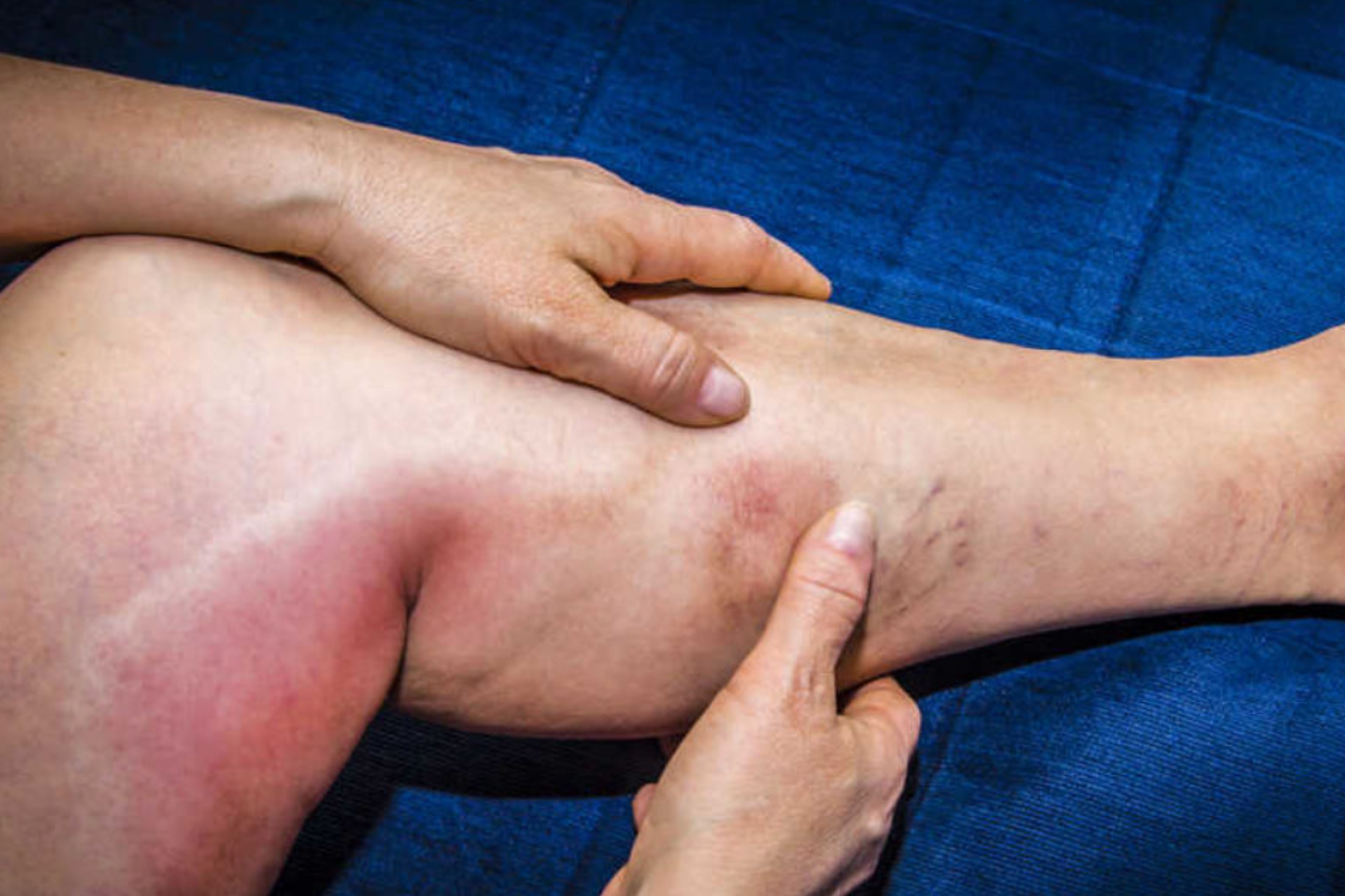Dr. Vaibhav Lende | Vein Treatment Specialist & Vascular Surgeon In Nagpur
Deep Vein Thrombosis

Deep Vein Thrombosis (DVT) is a medical condition where a blood clot (thrombus) forms in a deep vein, usually in the legs. This clot can partially or completely block blood flow, leading to swelling, pain, and potential complications. DVT is a serious condition because if the clot dislodges, it can travel to the lungs and cause a life-threatening pulmonary embolism.
This condition may lead to DVT: DVT can be caused by this condition. It occurs when the blood clots following specific diseases. Extended sitting has proven to be risky as it leads to clots in the legs due to blood. For example, a long-distance travel may mean that you spend hours sitting, or you rarely get up while on bed rest due to surgery, illness, or accident.DVT is dangerous for two reasons. Blood clots formed in the veins may break loose. The now mobile clots may then travel through the blood vessels and become lodged within the lungs, obstructing blood flow (pulmonary embolism). When DVT and pulmonary embolism occur together, it is termed venous thromboembolism (VTE).
Causes
Some of the primary causes and risk factors for DVT include:
- Prolonged immobility: Long periods sitting or lying down such a during long flights or bed rest, can slow blood flow and increase clot risk.
- Surgery or injury: Surgeries, especially on the legs, hips, or abdomen, can damage blood vessels and increase clot formation.
- Medical conditions: Certain conditions, like cancer, heart disease, or clotting disorders, raise DVT risk.
- Pregnancy and hormones: Pregnancy, hormone replacement therapy, and birth control pills can increase clotting tendencies.
- Age and obesity: Being older or overweight further elevates DVT risk.
Symptoms
Common symptoms of DVT may include:
- Swelling in the affected leg or arm
- Pain or tenderness, often starting in the calf or thigh
- Skin that feels warm to the touch
- Red or discolored skin on the leg
- Enlarged veins that are visible or hard to the touch
- In some cases, DVT may present with mild or no symptoms, making it difficult to detect.
Diagnosis
Doctors may use several diagnostic tools to identify DVT, including:
- Ultrasound: The most common test for DVT; it uses sound waves to visualize blood flow and detect clots.
- D-dimer blood test: This test measures substances released when a blood clot breaks up and can indicate clot presence.
- Venography: An X-ray of veins where dye is injected to visualize the clot, used less frequently.
MRI or CT scans: These may be used for more complex cases or when other tests are inconclusive.
Treatment
The main treatments for DVT aim to prevent the clot from growing, reduce the risk of it moving to the lungs, and manage symptoms. These treatments may include:
- Anticoagulant medications: Blood thinners that prevent clot formation, such as warfarin or heparin.
- Compression stockings: These help reduce swelling and prevent complications.
- Thrombolytics: In severe cases, drugs that dissolve clots may be used.
- Surgical procedures: In rare cases, a clot may need to be surgically removed.
Prevention
Preventative measures are essential, especially for individuals at risk. These include:
- Regular movement, especially on long flights or during bed rest
- Maintaining a healthy weight
- Avoiding prolonged inactivity
- Wearing compression stockings if recommended
- Staying hydrated and avoiding tight clothing
